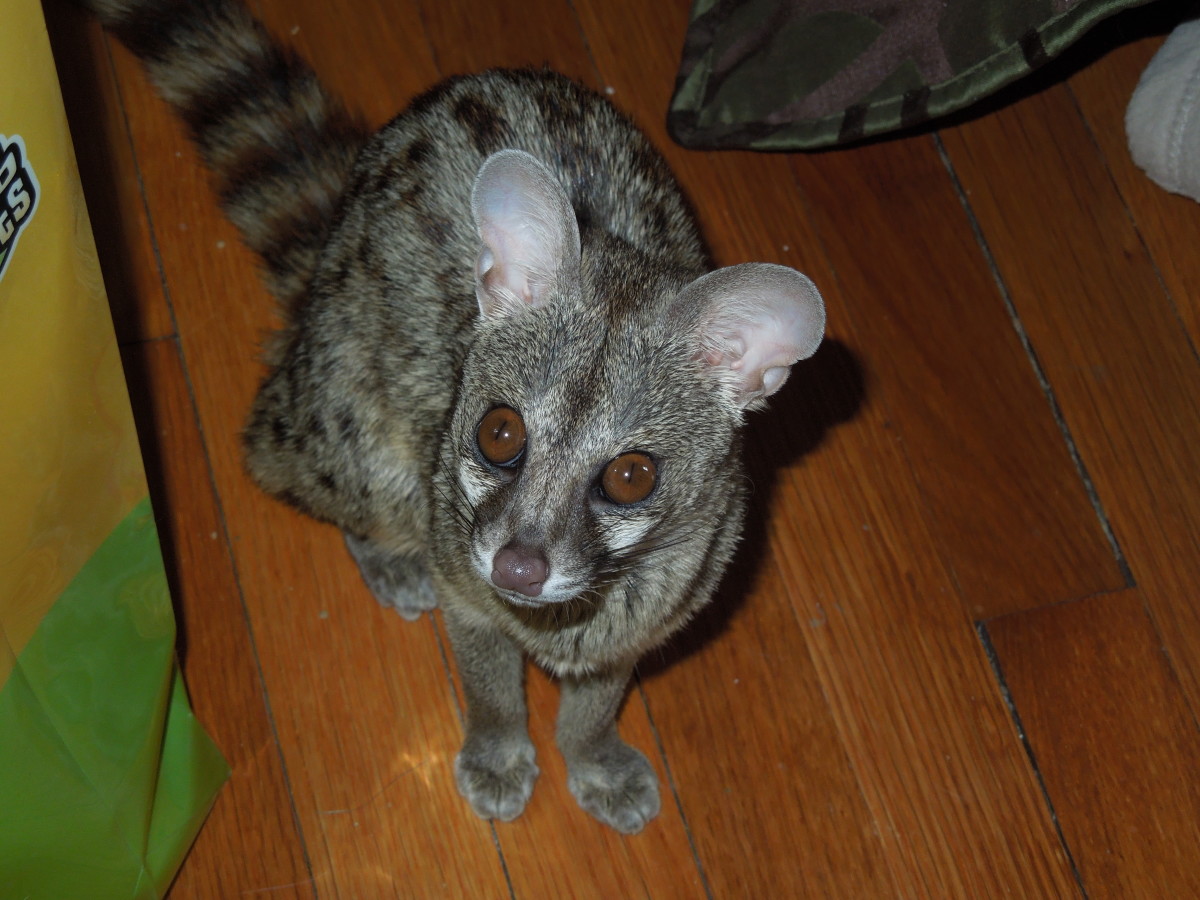 Stop the demand for unique pets. But while a wide assortment of creatures categorised as “exotic” make fantastic pets—along with the ones previously mentioned, an unique menagerie could embrace gerbils and even rats to geckos, iguanas, nonvenomous snakes, hedgehogs, fennec foxes and geese—some unique animals do not.
Stop the demand for unique pets. But while a wide assortment of creatures categorised as “exotic” make fantastic pets—along with the ones previously mentioned, an unique menagerie could embrace gerbils and even rats to geckos, iguanas, nonvenomous snakes, hedgehogs, fennec foxes and geese—some unique animals do not.
Federal, state, and local governments are passing legal guidelines that prohibit the personal ownership of certain harmful species, but most of these laws are poorly enforced and are designed to guard people from damage and illness relatively than be sure that animals are handled humanely.
Canada and the EU propose to make clear, in particular, that commerce in rosewoods, palisanders and bubingas for the aim of producing completed musical instruments, finished musical instrument components and completed musical instrument equipment” are usually not covered by the Appendix II itemizing for these tree species.
But their gregariousness generally is a double-edged sword for an proprietor; these unique pets have very particular social and environmental needs, and before you embark upon the journey into exotic pet possession, you need to be sure you be taught in regards to the wants of the unique pet species you’re contemplating in order that you do not find yourself with a pet whose requirements are more than what you bargained for.
While cats and canine are still tops on the earth of pets, 19.4 million U.S. households owned exotics in 2013, according to the American Pet Merchandise AssociationThe time period “unique pet” is loosely defined as something but cats, dogs, fish or horses.…